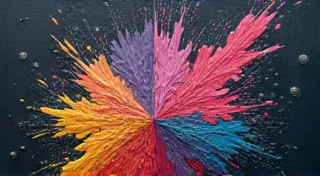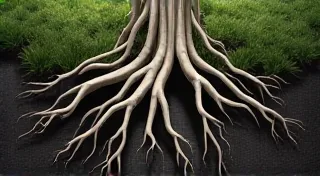The Alchemist's Palette: Experimenting with Vintage Ink and Paper
There’s a certain romance in holding a vintage pen, a physical link to another time. But holding it is only the beginning. Truly experiencing a vintage writing instrument means engaging with the materials it was designed to use – the inks and papers of its era. It's not merely about writing; it's about participating in a conversation across the decades, appreciating the nuance of craftsmanship, and understanding the subtle interplay between the tool, the medium, and the hand.
My own fascination began, not with pens themselves, but with antique maps. The brittle parchment, the faded cartography, the lingering scent of time – it sparked an appreciation for the materiality of history. I realised that these maps weren't just representations of geography; they were evidence of the inks, paper, and artistry of their creation. This curiosity naturally led me to vintage pens, and then, inevitably, to the inks and papers that breathed life into them. It’s a journey of rediscovery; a quest to understand how these elements harmonized, and how they can still be appreciated today. Sometimes, the condition of a vintage pen requires a careful process – understanding from rust to resonance, reawakening a dormant voice through pen restoration – before it can truly sing with the right ink and paper.
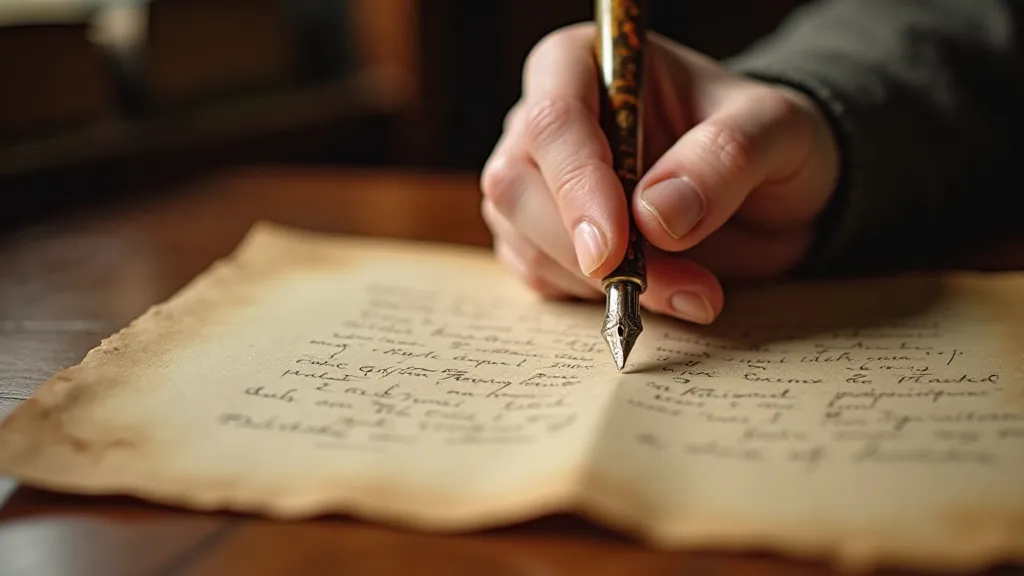
The Palette of the Past: Vintage Ink Varieties
Unlike the predictable array of readily available inks we encounter today, vintage inks were a far more diverse and often unpredictable landscape. Iron gall inks, prevalent from the Middle Ages until the mid-19th century, were created from oak galls (growths on oak trees), iron salts, and a binding agent like gum arabic. These inks are notoriously permanent, virtually waterproof once dry, and contribute to the characteristic darkening and bronzing often seen in historical documents. Their acidity, however, can be problematic for some vintage pens, especially those with softer feeds or celluloid bodies. A gentle introduction, diluted with distilled water, is generally advised.
The rise of synthetic dyes in the 19th century introduced a dazzling spectrum of colors – vibrant greens, rich blues, and intense purples that were previously unavailable. These aniline dyes, while initially breathtaking, often suffered from fading and bleed-through. Waterman’s, a pioneer in the fountain pen industry, famously tackled these issues, developing inks that were more stable, but even their early formulations could be finicky with certain papers.
The early 20th century saw a brief resurgence of iron gall inks, often marketed for their archival qualities. Then, the dominance shifted again to more modern formulations, many of which are specifically designed to be “pen-friendly.” While these inks are safer for many pens, they often lack the distinctive character of their predecessors. The search for authenticity, the desire to experience writing as it was once done, often leads collectors back to experimenting with the inks of the past. Considering the story a pen holds, sometimes the weight of inheritance, finding a writer's legacy within its mechanism, is just as important as the ink it uses.
The Foundation: Vintage Paper and its Qualities
Paper, too, has undergone a significant evolution. Early papers were often made from rags – linen, hemp, and cotton – resulting in a strong, durable writing surface. The process, while labour-intensive, created paper with a distinctive texture and a subtle feel that’s difficult to replicate today. The watermarks, often intricate and beautiful, served as the manufacturer's signature and are a valuable clue to the paper’s age and origin.
The advent of wood pulp paper in the 19th century drastically reduced production costs, making paper more accessible to the masses. However, the quality often suffered. Wood pulp paper is typically more acidic than rag paper, leading to yellowing and brittleness over time. Modern paper mills have developed processes to neutralize the acidity and improve durability, but the feel and character are often different from true rag paper.
Distinguishing between these paper types is crucial. A quick "rag paper test" can sometimes be helpful – gently moistening a small corner of the paper. Rag paper will feel softer and more absorbent than wood pulp paper. The presence of a watermark is also a strong indicator, although some modern papers are manufactured with fake watermarks. It's fascinating to consider how the perceived value of these artifacts impacts the market; a skilled observer could even attempt to the collector's oracle, predicting trends in the vintage pen market based on the materials and era of a piece.
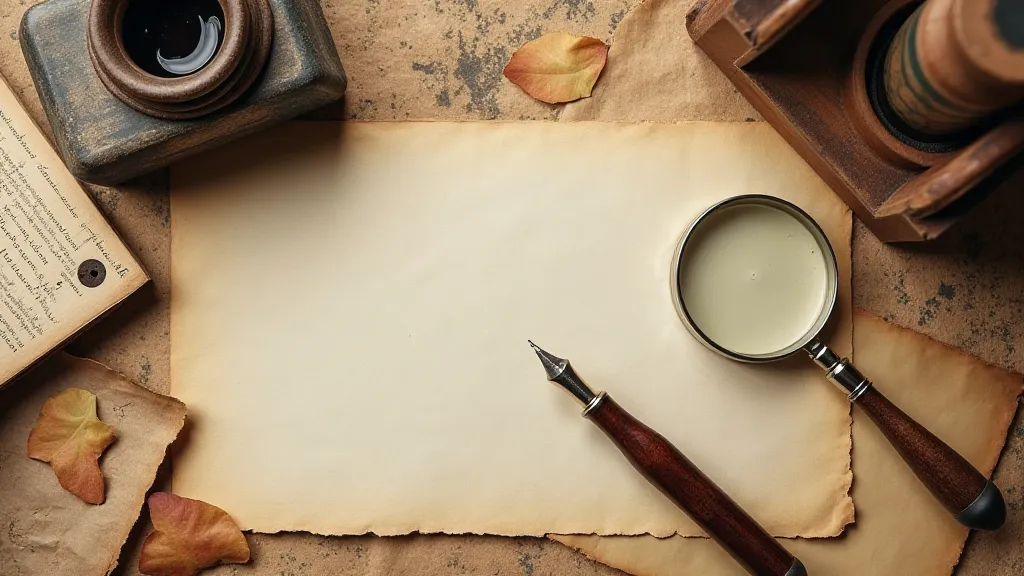
Compatibility and the Art of Experimentation
The interaction between vintage ink and paper is not always harmonious. The acidity of iron gall ink can accelerate the degradation of some papers. The bleed-through of aniline dyes can render delicate papers unsuitable. The key is careful experimentation, starting with diluted inks and small test patches. A small notebook dedicated to these trials is invaluable.
It's also essential to understand your pen. Some pens are more tolerant of certain inks than others. A robust Parker 51 might handle iron gall ink with aplomb, while a delicate Conway Stewart might require a gentler approach. Cleaning your pen regularly, especially when experimenting with vintage inks, is paramount. The unique imperfections of each piece often tell a story; the etching of time, when a pen’s imperfections become its character, creates its individual charm.
Creating Historically Accurate Writing Samples
Beyond simple writing, the true joy lies in recreating historically accurate writing samples. Imagine transcribing a letter as it might have been written in 1880, using the inks and papers of that era. Or attempting a calligraphy exercise using a 1920s nib and a vintage Waterman's blue-black ink.
This requires more than just the right materials; it demands a certain respect for the process. Research the writing styles and conventions of the time. Consider the purpose of the writing and the intended audience. The more you understand the context, the more authentic your writing sample will be. Think about the subtle variations between eras and the overall evolution of the tools themselves.
The Enduring Appeal of the Past
The world of vintage inks and papers is more than just a hobby; it’s a connection to the past, a way to appreciate the craftsmanship and artistry of previous generations. It’s a reminder that writing is more than just communication; it’s a form of art, a tangible expression of history.
The faint scent of aged paper, the rich color of a vintage ink, the feel of a finely crafted nib – these are sensory experiences that transcend time. They remind us that even in our digital age, there is still beauty and value in the traditional tools and techniques of the past. And for those who are willing to experiment, to learn, and to connect with the past, the rewards are immeasurable. It’s an alchemy of sorts, transforming simple materials into a palpable link to those who wrote before us. Considering the vast number of factors that contribute to the overall appeal, understanding the subtle differences across eras and materials is essential.
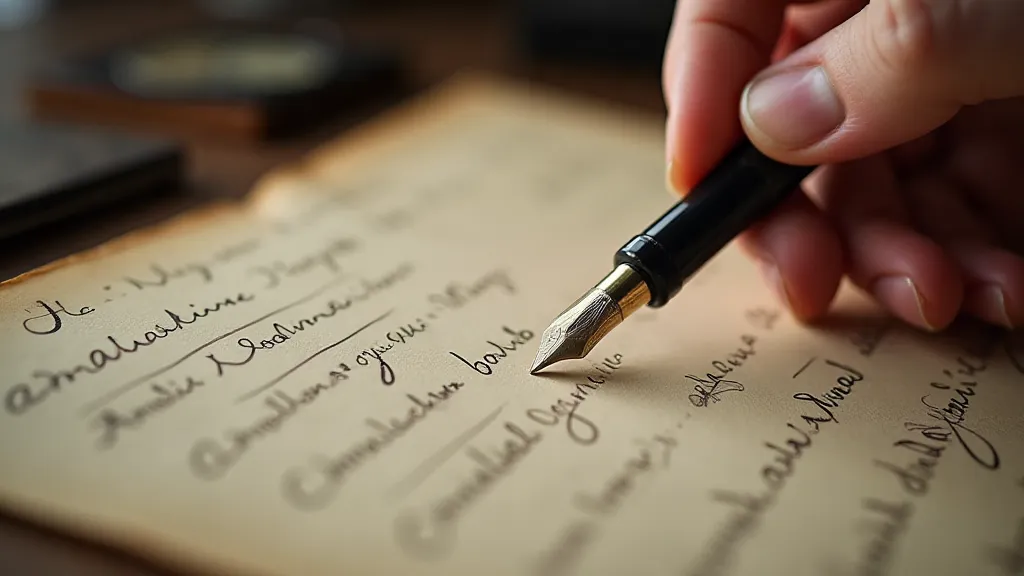
The journey of preservation is ongoing. Maintaining these treasures requires dedication and a deep appreciation for the past. It's about more than just collecting; it's about ensuring that these pieces of history continue to inspire future generations. Each ink stain, each worn nib, each faded watermark tells a story - a story of creativity, innovation, and the enduring power of the written word. And as we continue to explore these materials, we gain a deeper understanding of ourselves and the creative process, much like exploring the cartographer's sigh over lost territories of creativity.


